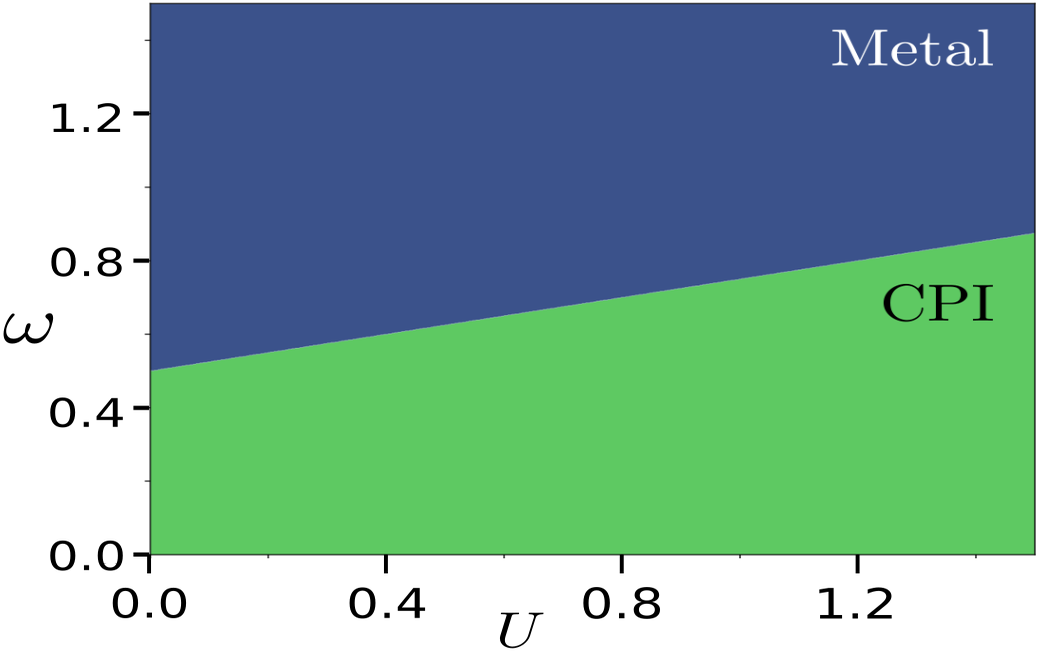Origin of Topological Order in a Cooper Pair Insulator
superconductivity topological order entanglement
Feb 25, 2021 PRB 104, 144514
arXiv:2102.12193
A bit of background
Superconductivity is one of the best studied examples of the spontaneous breaking of a global symmetry in a system of interacting electrons, and involves the destabilization of the Fermi surface of a metal through the condensation of bound pairs. However, it is also well known that the superconducting ground state possesses very little entanglement content in momentum-space, and is described as a short-ranged entangled state of matter.
 ‘A cube of magnetic material levitates above a superconductor. The field of the magnet induces currents in the superconductor that generate an equal and opposite field, exactly balancing the gravitational force on the cube.’
‘A cube of magnetic material levitates above a superconductor. The field of the magnet induces currents in the superconductor that generate an equal and opposite field, exactly balancing the gravitational force on the cube.’
On the other hand, there is considerable activity at present towards understanding ordered states of quantum matter that possess long-range many-particle entanglement, and includes the concept of topological order for gapped quantum liquids. The description of such states is widely expected to lie beyond the Ginzburg-Landau-Wilson paradigm. While a topologically ordered counterpart of the \(s-\)wave superconductor has been proposed in the literature on phenomenological grounds, its microscopic origin remains unknown.
Main results of our work: Emergence of the topologically-ordered ground-state
In meeting this goal, we employ the unitary renormalisation group (URG) method recently developed by some of us (Refs. 46-51 of our manuscript) on a generalised model of electrons in two spatial dimensions with attractive interactions. We show that the effective Hamiltonian obtained at the stable low-energy fixed point of the RG flow corresponds to a gapped, insulating state of quantum matter we call the Cooper pair insulator (CPI). Detailed analyses show that the CPI ground state manifold displays several signatures of topological order, including a four-fold degeneracy when placed on the torus. Spectral flow based arguments reveal the emergent gauge-theoretic structure of the effective theory: the CPI effective Hamiltonian can be written entirely in terms of non-local Wilson loops. Further, it contains a topological \(\theta-\)term whose coefficient is quantised in keeping with the requirement of invariance of the ground state under large gauge transformations. This \(\theta-\)term is known to be equivalent to the Chern-Simons term in two spatial dimensions.
Passage from the CPI to the metal is achieved by tuning the \(\theta-\)coefficient, and reveals a plateaux structure of the CPI ground state in terms of the steadily decreasing number of condensed Cooper pairs. Investigations reveal that the long-ranged many-particle entanglement content of the CPI ground state is driven by inter-helicity two-particle scattering processes. The plateau with \(\theta=0\) possesses the largest bipartite entanglement entropy (EE), scales logarithmically with subsystem size (L) and falls rapidly upon tuning \(\theta\) towards the metal. The bipartite EE for inter-plateau transitions shows universal signatures in its variations with L and \(\theta\). While the EE signatures for plateaux and transitions can be distinguished at low temperatures, such distinctions are smeared out as temperature is raised.
 Phase diagram of the reduced BCS Hamiltonian, plotted against the electronic repulsion \(U\) and the quantum fluctuation scale \(\omega\). The CPI (green) is emergent at low energy scales. [Source]
Phase diagram of the reduced BCS Hamiltonian, plotted against the electronic repulsion \(U\) and the quantum fluctuation scale \(\omega\). The CPI (green) is emergent at low energy scales. [Source]
Main results of our work: Destruction of the Cooper pair insulator
We also study the passage from the CPI to the \(s-\)wave BCS superconducting ground state under RG, and find that the RG flow promotes fluctuations in the number of condensed Cooper pairs and lowers those in the conjugate global phase of the ground state wavefunction. Consequently, we find that the distinct signatures of long-ranged entanglement in the CPI are replaced by the well-known short-ranged entanglement of the BCS state. Studies of a Josephson coupling between a CPI and a BCS system reveals an induced phase coherence in BCS, without the generation of a Josephson current. Finally, we study the renormalisation of the entanglement in momentum-space for both the CPI and BCS ground states. The topologically ordered CPI state is shown to possess an emergent hierarchy of scales of entanglement, and that this hierarchy collapses in the BCS state. We have also discussed possible candidate experimental systems in which to search for signatures of the CPI. Thus, our work offers clear evidence for the microscopic origins of topological order in a prototypical system of electrons that suffer pairing. In this way, it lays the foundation for similar investigations that can lead towards the development of a theory of topological order.
You can also watch a seminar on this work here.
